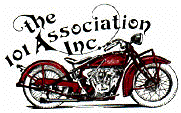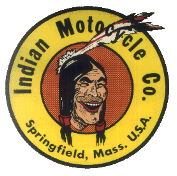I don't know how your assembly is constructed, I suggest consult with Oldtimer Service. With any wheel bearings, it shouldn't have bearings inner race press fit, it is necessary to have the inner race adjustable. Original -28 loose ball bearings has a free moving inner race on one side where bearing play is adjusted with nut and locknut only. Because of that they are also made with a shallow angular contact path. Deep groove ball bearings isn't made with that, they are more sensible for side load so they need to be fixed different but still adjustable.
I guess your hub is constructed in one of two ways. One is with a separate, loose distance tube used over the hollow axle inbetween the bearings inner race. In that case the hub should be able to slide out. Perhaps with a little gentle love tap on the hollow axle. Bearings inner race should only be slide fit on the hollow axle and outer race press fit in the hub.
If steps is turned on the hollow axle instead of a loose distance tube, then one bearing has to be pressed out of the hub together with the hollow axle.
I would prefer the first version, easier to disassembly the hub and it would avoid tamper with the hollow axle, that needs to be firmly and very secure screwed in the brake plate.
If nothing is found to keep the distance fixed between the bearings, especially if the inner races are press fit on the axle, the hub is dangerous and should not be used as such, as deep groove ball bearings are not suited for the sideload that it may entail. The fixed distance will share and distribute the load equally 50/50 between the bearings, where if not, a tiny misalignment will load both bearings rapidly toward a premature fail.
When the bearing nut (or axle nut) is torqued, it presses against and lock the inner races together via the distance tube (or steps if so made) and by surface friction prevents them from turning. Same as most any car wheel bearing. Mind you, ball bearings has to have a specified sideplay, so the inner race bearing support or distance has to be made or shimmed to a very precise measure to allow that minimum of sideplay. No drag should be felt, turning the wheel when the bearing nut is torqued.
It is different with taper roller bearings as in the 29-31 hubs, except the complicated -31 rear hub, that's a chapter in it self. The taper roller bearings on the 101 should be adjusted to zero play and preloaded carefully a tiny bit, just so a very little drag is felt. Too much and the rollers will run dry. Too little and the rollers will vibrate and chatter in the race.


